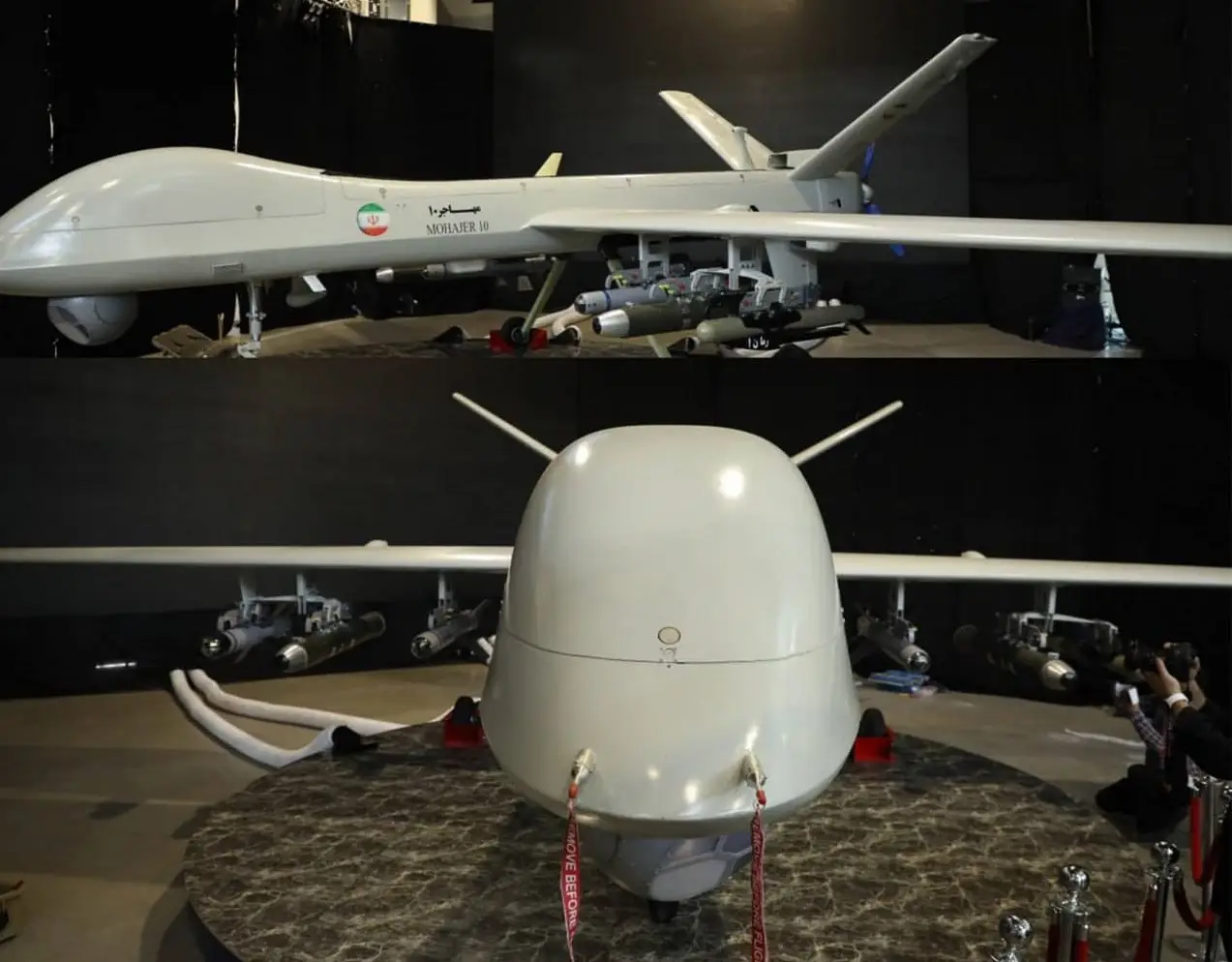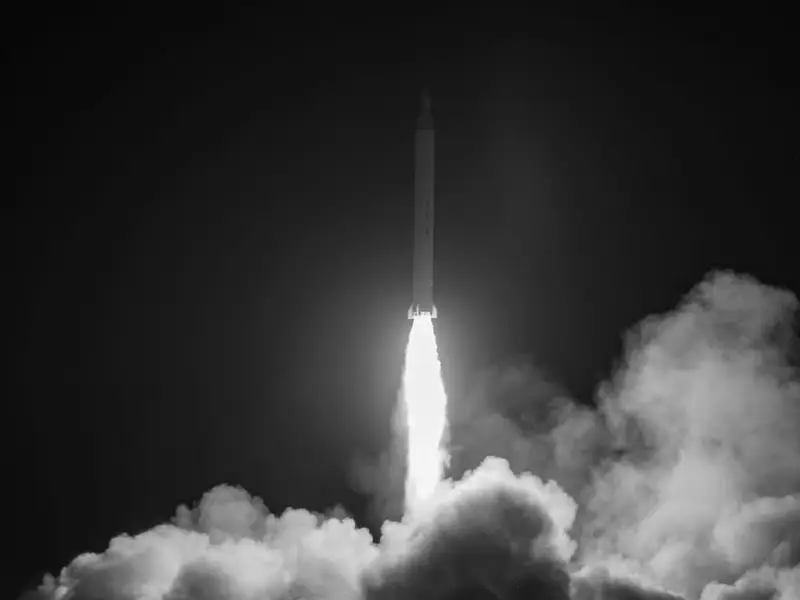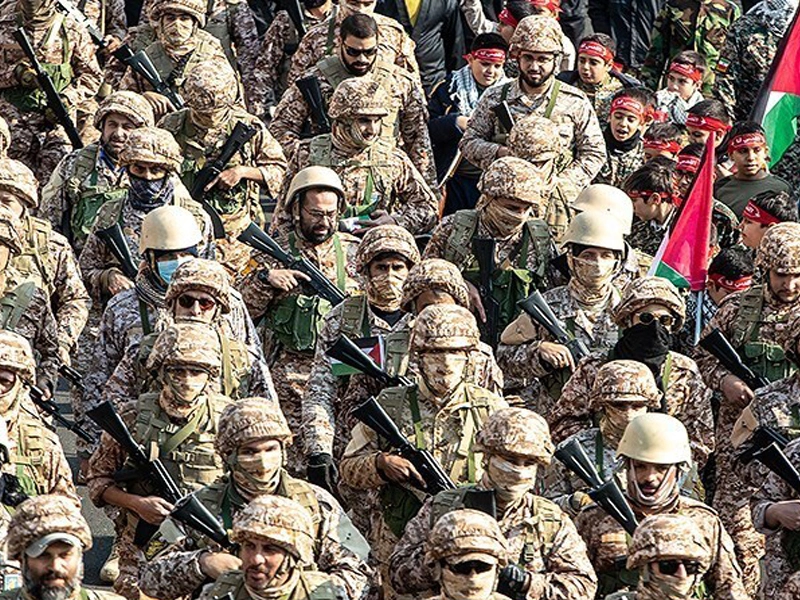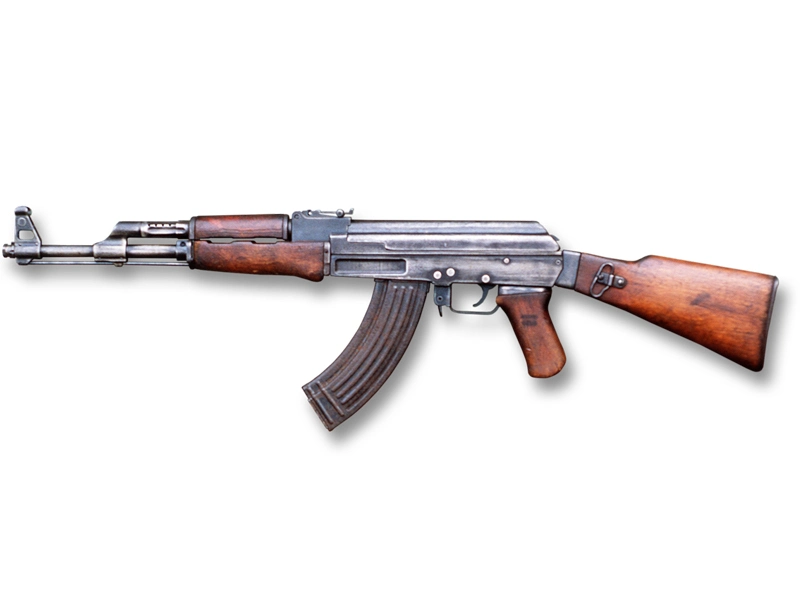The Shahed 136, also known as the "Mohajer 10" in some reports, is an Iranian-made loitering munition (commonly referred to as a "kamikaze drone"). It is part of a new generation of Iranian drones designed for precision strikes, capable of operating both in military and asymmetrical warfare contexts. These drones are part of Iran’s broader strategy to bolster its capabilities in hybrid warfare, which involves combining conventional military tactics with irregular operations to overcome technologically superior adversaries.
Background and Development
The Shahed 136, or Mohajer 10, is produced by the Iranian Ministry of Defense and is part of the broader Shahed family of drones. Iran has made significant strides in unmanned aerial vehicle (UAV) technology over the past two decades, primarily driven by the need to circumvent international sanctions and to enhance the capabilities of its military forces, including proxy groups in the Middle East.
The drone's development is linked to Iran's increasing focus on asymmetric warfare, where lower-cost, high-impact weapons are deployed to undermine more advanced adversaries. Loitering munitions like the Shahed 136 are designed to "hover" or loiter over a target area before identifying and striking a target. This makes them effective in attacking high-value targets, such as military installations, radar systems, and infrastructure.
Design and Specifications
Various organizations, including the Islamic Republic of Iran Army, Quds Air Industries, and the Iranian Aerospace Industries Organization (IAIO), have participated in the development of the Mohajer-10 UAV.
According to an official from the Ministry of Defense and Armed Forces Procurement, the UAV was designed and built based on the needs announced by the armed forces, especially the Islamic Revolutionary Guard Corps Ground and Navy and the Islamic Republic of Iran Army.
At first glance, the body of this UAV bears similarities to the body of the American MQ-9 Reaper. There are also similarities between the body of the Mohajer-10 and the Kaman-22 (UAV) of the Islamic Republic of Iran Army. The front and nose of the Mohajer-10 UAV resemble the Kaman-22, which houses the satellite communication antenna.
The Mohajer-10 UAV also has a tail similar to the Kaman-22 and uses a three-wing combination. Two V-shaped wings are located on the top of the body near the engine and a smaller wing is located below the body. The main difference between the Mohajer-10 and the Kaman-22 is in the shape of their wings. In the 22-inch bow, the wings have a certain curvature and twist, but in the Mohajer-10, the wings have a simpler appearance and more traction.
The main point about the Mohajer-10 is its landing.
The tail wheel of the Mohajer-10 drone in the unveiled version is foldable, like the landing gear of the Shahed-129 drone. The front and rear landing wheels in the Mohajer-10 fold back and are placed inside the fuselage during flight. Folding landing wheels reduce drag during flight, reduce fuel consumption, and increase flight range.
The Momohajer 10 shares many similarities with other loitering munitions but has some distinctive features that reflect Iranian military requirements. Here are some of the key design characteristics:
Airframe and Dimensions:
The drone is relatively small, with a length of around 3 meters and a wingspan of approximately 2.5 meters. This makes it easy to deploy in different operational environments, including from ground launchers or modified vehicles.
Propulsion:
The Shahed 136 is powered by a small jet engine, making it capable of reaching high speeds and achieving longer ranges. Its cruising speed is approximately 180 to 220 km/h, which is relatively fast for a loitering munition.
Range and Endurance:
One of the drone's defining features is its long operational range. The Shahed 136 is capable of covering distances of up to 2,000 kilometers, which gives it the flexibility to strike targets deep within enemy territory. Its endurance is estimated at around 6 to 7 hours, allowing it to loiter over potential target zones for extended periods before delivering a strike.
Payload and Warhead:
The drone is equipped with a high-explosive warhead, designed for precision strikes against both stationary and moving targets. The payload is relatively small compared to larger cruise missiles but is sufficient to inflict significant damage on its target.
Guidance and Targeting:
The Shahed 136 is equipped with an advanced guidance system that allows it to home in on its target with high accuracy. This can include GPS-based guidance or an autonomous targeting system, relying on the drone's ability to identify targets using onboard sensors.
Operational Use and Tactical Role
The Shahed 136 is primarily designed to serve as a loitering munition or "kamikaze" drone, meaning it is intended to crash into its target and explode. Its role in Iranian military doctrine is to be used as a highly effective tool in asymmetric warfare, particularly against more advanced adversaries with superior air defense systems.
One of the most notable features of the Shahed 136 is its ability to be launched in swarms. This tactic allows Iran to overwhelm enemy air defenses with large numbers of drones, increasing the likelihood that some will successfully strike their targets. In practice, this can have a strategic effect, forcing adversaries to allocate significant resources to defend against the drones, potentially diverting attention from other key operations.
The Shahed 136 has been used extensively in various conflicts in the Middle East, including the ongoing war in Yemen, where Iran has supported the Houthi with UAVs and missile technology. Additionally, the drone has been reported in use during the conflict in Ukraine, where Iranian drones have been supplied to Russian forces. These drones have been used to strike critical infrastructure, such as power grids, military bases, and transportation hubs.
Strategic Implications and Geopolitical Impact
The proliferation of Shahed 136 drones represents a significant shift in the nature of warfare in the Middle East and beyond. For Iran, the Shahed 136 is a means of projecting power without the need for expensive, traditional military assets like fighter jets or long-range missile systems. It also allows Iran to strike targets beyond its borders with relative ease and without the need for direct engagement.
The use of these drones has had a profound impact on the strategic balance in the region. For example, in Yemen, Houthi forces have used Iranian-made drones, including the Shahed 136, to target Saudi and UAE infrastructure, significantly disrupting the region’s energy supplies and military operations. In addition, the use of drones by Russia in its war against Ukraine has highlighted how Iranian drones can be used to augment the capabilities of other countries facing Western sanctions, particularly those seeking alternatives to Western-made military hardware.
The spread of loitering munitions like the Shahed 136 has prompted many countries to reassess their defense strategies, particularly with respect to air defense systems. The drones' relatively low cost, coupled with their ability to evade radar and overwhelm defenses through swarm tactics, make them a significant challenge for traditional air forces and missile defense systems.
Final words
The Shahed 136 (Mohaajer 10) is a testament to Iran's growing prowess in UAV technology and its ability to adapt to the evolving demands of modern warfare. The drone’s long range, precision targeting capabilities, and ability to overwhelm air defense systems make it a potent tool in Iran’s defensive weapons, particularly in asymmetric warfare scenarios.
As these loitering munitions continue to proliferate, both state and non-state actors are likely to make increasing use of such technology, further complicating the global security landscape. For now, the Shahed 136 represents a significant shift in the way wars are fought, not only in the Middle East but also in conflicts worldwide. As nations seek to defend against this growing threat, the next few years will likely see significant advancements in drone countermeasures and air defense strategies.















